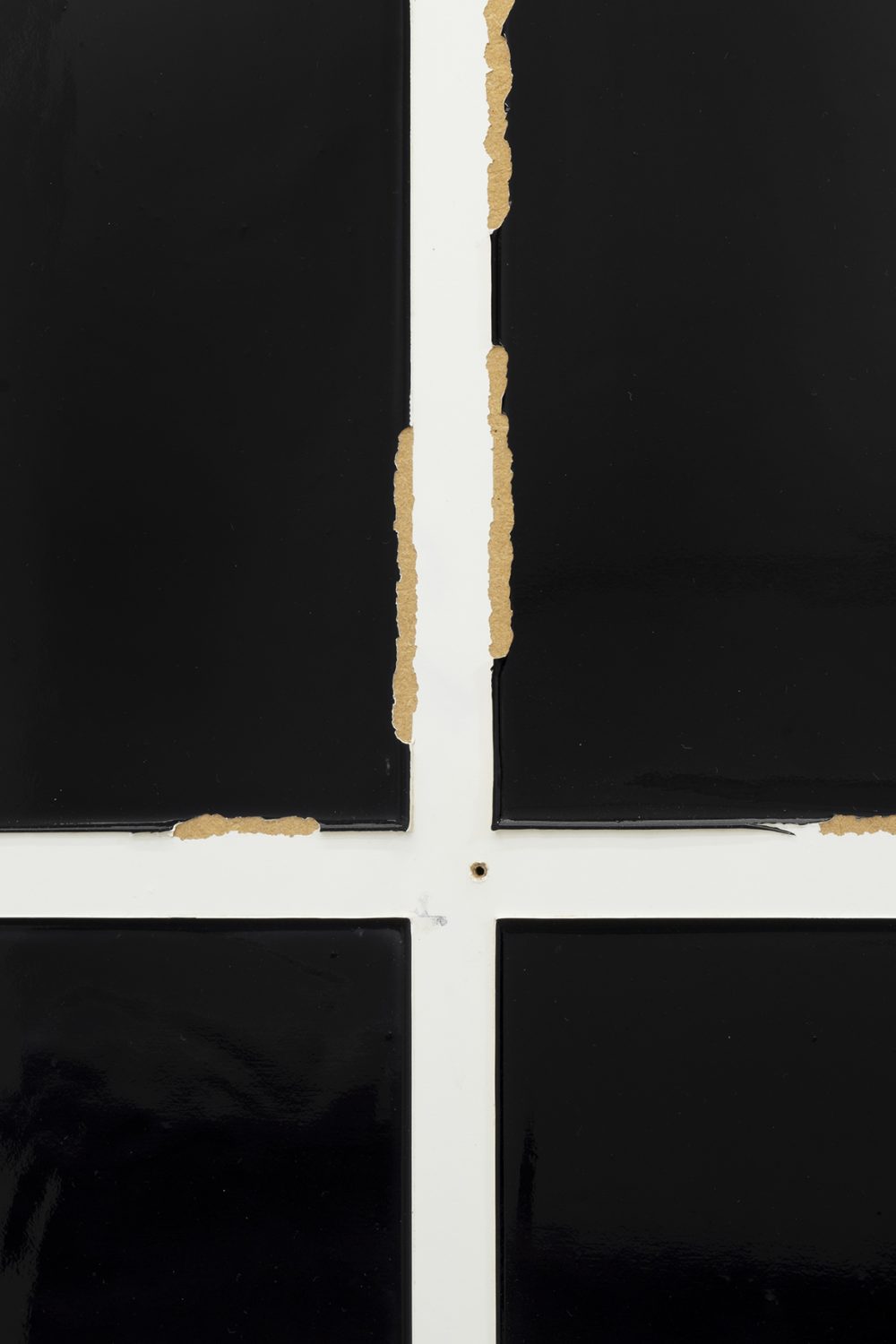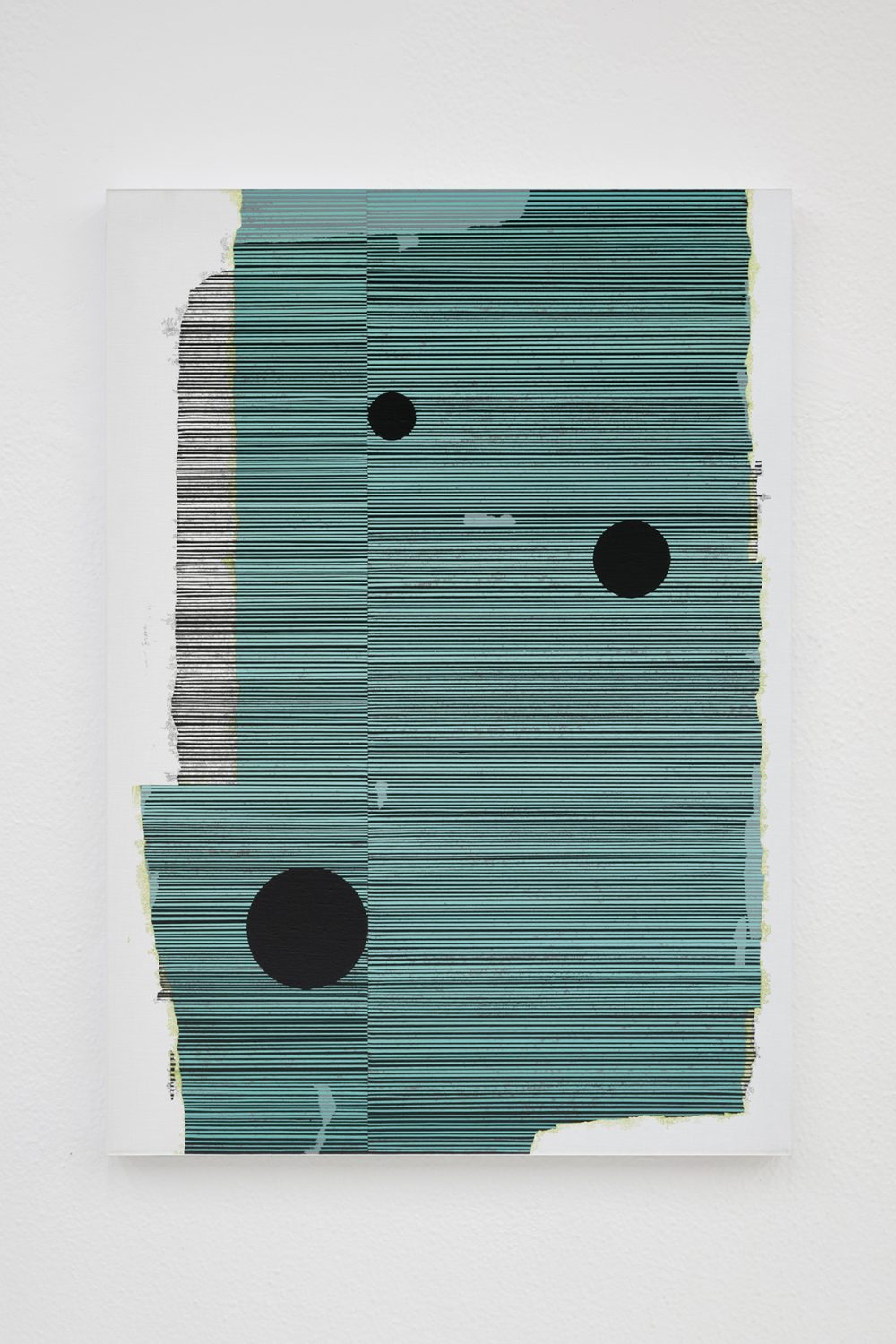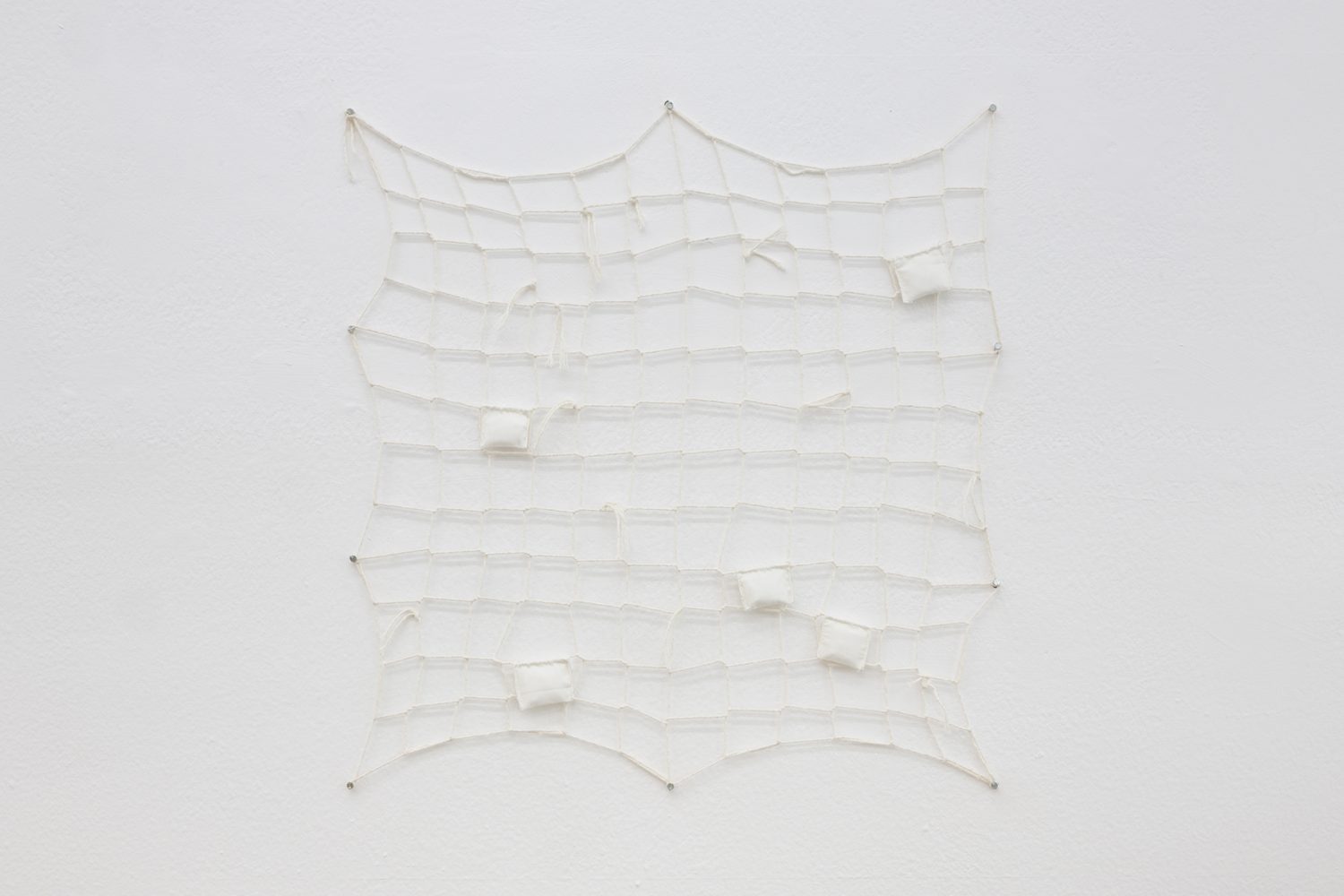2024 ZIELINSKY BARCELONA
Installation views, Soltaré cien conejos y usted verá cómo le hace para juntarlos todos, group show
Galería Zielinsky, Barcelona
November 28, 2024 – February 14, 2025
Participating artists: Felipe Mujica, Sandra Monterroso, Carolina Cordeiro, Shirley Paes Leme, Ricardo Alcaide, Yamandú Canosa y Vera Chaves Barcellos.
Photos by Roberto Ruiz
///////////////////////////////////////////////////////////////////////////////////////////////////////////
























///////////////////////////////////////////////////////////////////////////////////////////////////////////
Press release excerpt: The act of weaving involves a movement of the body (or machines) that guides the material into a network where layers and levels overlap and intertwine. However, it is not just matter that is implicated in the act of weaving; the gesture transcends a purely material question. The rhythm of weaving evokes a series of stories, oral traditions, heritages, and knowledge shared across generations. Labor, social interaction, leisure, gender, and the dynamics of what is above and below mix in various ways in this collection of works—from weaving with natural fibers to using photographic printing techniques.
The title of the exhibition, “Soltaré cien conejos y usted verá cómo le hace para juntarlos todos”, is derived from Felipe Mujica’s work (b. 1974, Chile), included in the exhibition, which itself references the Nahuatl tale The King and His Daughter. Mujica chose a phrase from this pre-Hispanic fable to title a series of works he produced during his residency at La Tallera, Cuernavaca, Mexico. The fable reveals social structures associated with processes of Westernization, while the title also reminds the artist of his encounter with the SOAME Tejedoras from Hueyapan cooperative, who, when explaining their processes, often used terms from their indigenous language.
“Soltaré cien conejos y usted verá cómo le hace para juntarlos todos (Curtain 5)” (2022), Mujica’s piece in the exhibition, belongs to a series of curtains that incorporate his studies on polyangular geometry, developed by David Alfaro Siqueiros in the 1940s. These works were commissioned by Mujica to the SOAME Tejedoras from Hueyapan cooperative and Tallerocho8 from Teotitlán del Valle, Oaxaca. The decision to use a previously applied title for this exhibition aligns with its themes: weaving, threading, and layering.
The geometric forms of Mujica’s curtains are directly linked to a constructive tradition—colors and elements combined by the artist or appropriated from art history, ranging from Russian to Latin American avant-garde movements. However, this abstract-geometric composition is subject to a collective process in which seamstresses and artisans collaborate with Mujica to create other combinations within a pre-established grid. Weaving emerges as a foundational material and initial support for subsequent interventions: cuts, stitches, and joints. There is a handcrafted and domestic dimension implicit in the construction process, often carried out collectively. It is impossible not to reflect on the contrast between this artisanal and spontaneous method and the large-scale production of the textile industry.
….